The historically lower interest rates have increased the media coverage about a sudden increase in property prices. The reported median price of housing in capital cities has increased with clearance rates improving strongly. Sydney in particular has been very strong.
The concern being mooted by analysts is that the continued low interest rates are leading to credit and loan standards being relaxed by lenders. There are suggestions that this is encouraging a price increase in fixed dwellings but this is not flowing to a marked increase in building starts. A property price surge that is not matched by construction that increases supply has all the hallmarks of turning into a “property bubble”.
In an environment of low interest rates, we should expect capital to flow towards fixed assets, after all we have seen it happen before. Interest rates in the US between 2001 and 2004 were held low in the wake of the tech boom and bust, this is the environment that led to the GFC. There are a number of international economists who are questioning whether the economic climate that is being created now to protect us from the last financial crisis is not setting us up for the next one.
Are we in a housing bubble right now? Probably not. Price growth in established dwellings is necessary before construction will pick up. The RBA has openly stated it wants construction to increase and you could not expect building to commence if there was not a prospect of increased return in the future. But, we need to be aware of the issue as the formation of any sort of bubble – be it in bonds, shares, or property has a negative effect on all other asset classes in some manner over the medium term.
Many will consider that because they are not part of any property investment directly, they might be immune to the effects of any price fall. However it is the flow on effects that will hurt all investors. We need to remember that property prices, particularly residential prices, will only increase in response to another buyer having access to a greater amount of money to purchase it. Sounds obvious, but very little property is purchased with outright savings so the money has to be borrowed.
It follows that any fallout from a property bubble has its impact on the credit and finance system. This is an impost on the entire economy. We have seen this played out all over the world in the last 5 years. Regulators will be keen to prevent this happening again if they can.
Regulators have already taken steps in New Zealand, Canada, Switzerland and South Korea by introducing various forms of macro prudential policies, including limits on loan-to-valuation ratios or increased capital requirements.
In Australia, APRA has recently stated a desire to impose tougher prudential standards on banks when assessing lending risks. The September minutes from the RBA meeting noted “Property gearing in self-managed superannuation funds was one area identified where households could be starting to take some risk with their finances; members noted that this development would be closely monitored by Bank staff in the period ahead.”
In our opinion the regulators are right to remain concerned. All risk in fixed asset markets such as residential housing comes back to people borrowing more money than they can repay when interest rates eventually rise. Regulators can’t (and shouldn’t) prevent individuals from making mistakes but they can impact whether lenders are able to provide the conditions for those mistakes.
The level of debt held by Australian households remains a concern. Reserve Bank of Australia (RBA) data shows that households remain highly leveraged. The graph below shows that in spite of savings rates being at all-time highs over the last 5 years, collectively, we have hardly made a dent in the level of debt households are holding. All we have managed to do is to stem the increase.
The majority of house purchase transactions use debt. The greater the amount of debt that is offered to prospective buyers, the more they tend to use. The more debt available the higher the price able to be paid for a house, hence it is the availability of credit that drives house prices ever higher. Demand alone is not sufficient.
Human behaviour is often irrational when it comes to taking on debt. Households will often make long term decisions based on their current experience. Take a 30 year home loan for example – why should current interest rates have any effect on demand? Given rates are likely to move up and down many times during the 30 year period, a rational person should borrow based on being able to afford the payments based on interest rates at the high end of the expected range.
Unfortunately this is often not the case. Low interest rate environments almost always have the effect of lifting house prices and increasing debt levels. Increasing debt in itself is not a problem, but lifting debt past a sustainable level can be a disaster.
To illustrate the effects of low interest rates and debt levels, let’s consider a $500,000 home loan taken out in 2008 over a 30 year term.
- In 2008, monthly repayments would have been $4,109 or $49,308 p.a.
- In 2013, monthly repayments would be $2,720 or $32,640 p.a.
- An annual difference of $16,668
Some households will increase their payments and develop a significant buffer in the loan. But for the majority this temporary wealth effect will typically encourage them to borrow more.
Consider for example, that a household decided they had sufficient cash flow to sustain payments at $4,109 per month and they really “needed” that bigger and better house. Using that payment amount their borrowing capacity is now $755,000.
So if they change the loan amount, the situation would look like this:
- In 2013 monthly repayments would be $4,109 or $49,308 p.a.
- In 2018* monthly repayments would be $6,197 or $74,364 p.a.
- An annual expense increase of $25,056.
- Assumes interest rates move back to the level they were in 2008.
People need to be aware that the current rates are at all-time lows and decisions about amounts borrowed should be made with a longer term view on interest rates and monthly payments.
Any proponent of strong increases in house prices, year on year, as we saw in the last decade, should give some consideration as to who is going to hold that debt. If households were to increase the level of debt held from the current levels by any significant amount, then we will almost certainly experience significant financial stress when interest rates start to rise again.
A characteristic of the GFC was a plethora of lenders who were willing to lend to people who could not repay when interest rates rose. Regulators globally are not keen for this to occur again.











